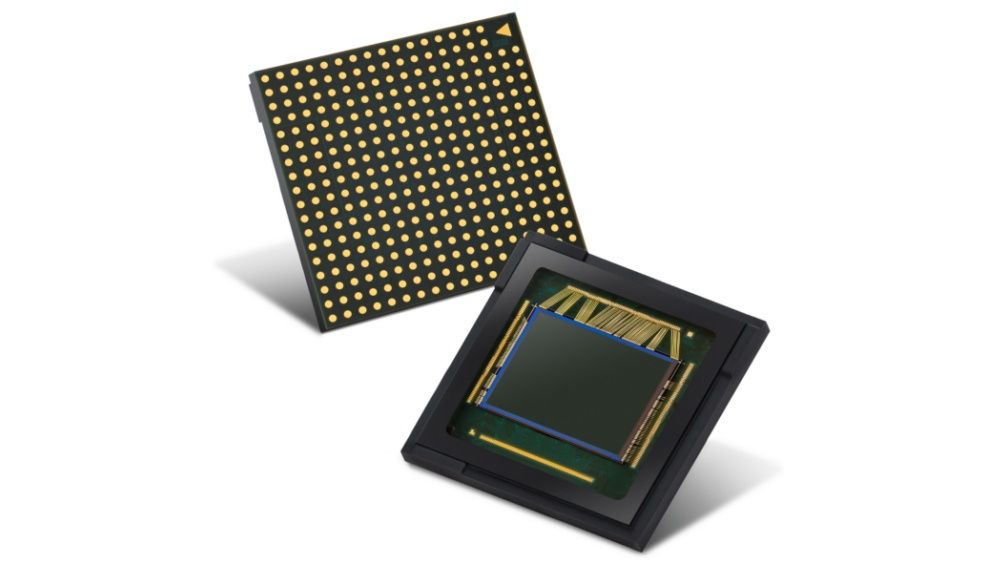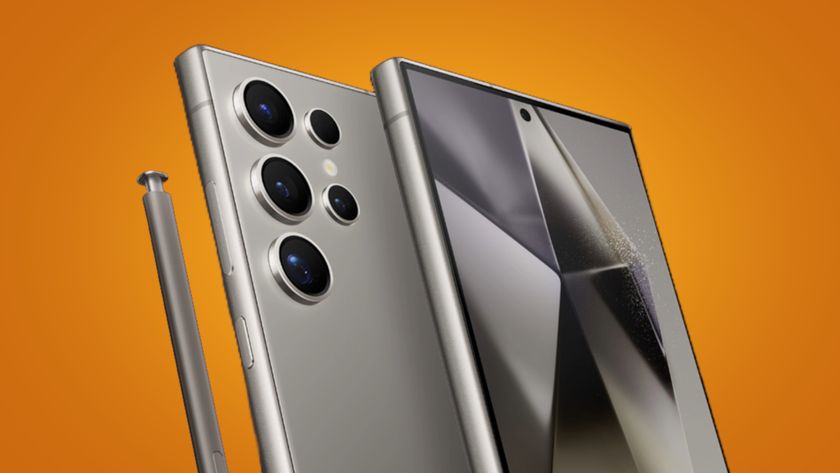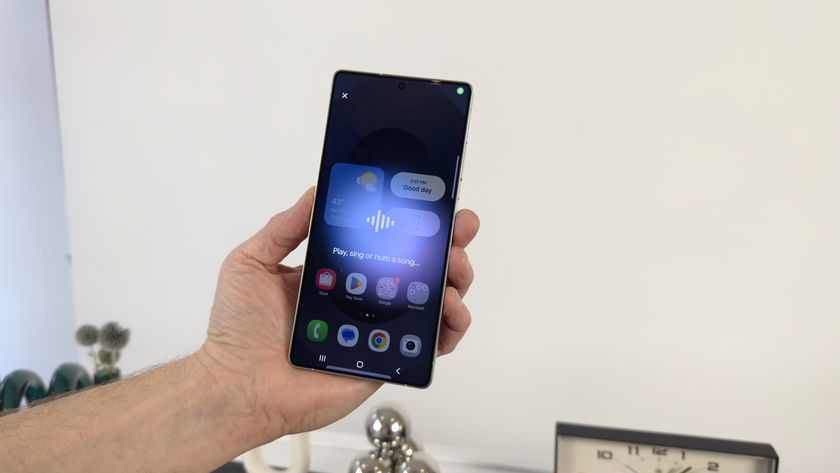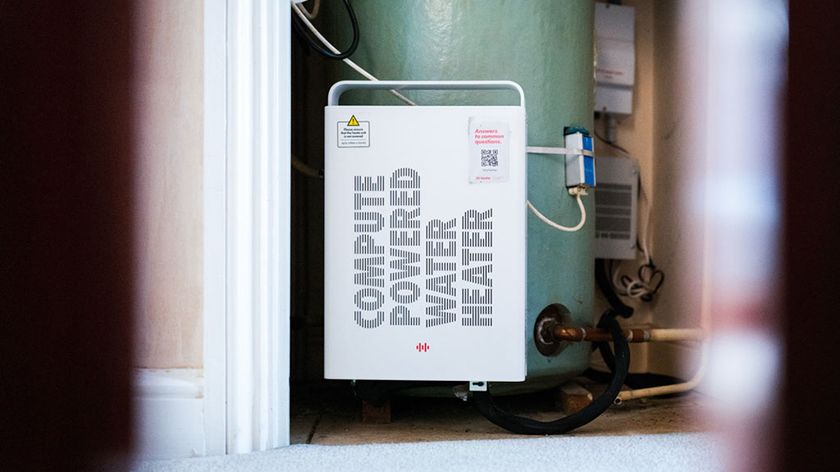Big bang from Samsung: A 50-megapixel camera sensor with faster autofocus
It's called the ISOCELL GN1

South Korean tech behemoth Samsung Electronics has announced a new 50-megapixel camera sensor called the ISOCELL GN1.
Samsung is a world leader in advanced semiconductor technology, and this sensor is its first to include both dual-pixel autofocus and Tetracell pixel-binning. As per the company, this should offer a combination of fast performance and good low-light image quality.
Thanks to the relatively larger pixel size and a sensor size of 1/1.31-inches, the GN1 brings image sensor performance to a new level with a combination of elevated light sensitivity for stellar low-light photos and DSLR-level auto-focus speeds, optimized for more dynamic picture-taking experiences, the company said.
Pitted against Sony’s new IMX689 sensor
“With innovative pixel technologies, Samsung has been at the forefront of offering high-performance image sensors that closely cater to increasingly diversifying market needs. The ISOCELL GN1 is part of that commitment to deliver stunning images to consumers in any environment,” said Yongin Park, executive vice president of sensor business at Samsung Electronics. “We will continue to introduce image sensor solutions at the cutting-edge that will lead the next trends in mobile photography.”
The pixel size is 1.2μm, closer to what one can find on a regular phone camera sensor than the high-resolution chips that’ve become increasingly popular recently.
Samsung's offering is pitted against Sony’s new IMX689 sensor, featured in phones like the Oppo Find X2 Pro, which has 48 megapixels at 1.22μm. By default, Samsung’s sensor will take 12.5-megapixel photos with four pixels binned into one.
The GN1 brings best-in-class auto-focusing with 100 million phase-detection auto-focus (PDAF) agents. Samsung’s Dual Pixel technology places two photodiodes side-by-side within a single pixel that can receive light from different angles for phase detection.
Get daily insight, inspiration and deals in your inbox
Sign up for breaking news, reviews, opinion, top tech deals, and more.
With all of the sensor’s active pixels working as auto-focusing agents, the GN1 can detect and focus onto a desired still or moving object from every corner in an instant, even in low-light conditions, the company said in a statement.
The release of Samsung’s ISOCELL Bright HMX in 2019 marked the introduction of the industry’s first 108MP mobile image sensor. Samsung followed it up with the ISOCELL Bright HM1, which has set a new standard for mobile image sensors.
It may be recalled that the Galaxy S20 Ultra, which used a 108-megapixel sensor without dual-pixel tech, suffered from poor autofocus performance.
The adroit mix of high resolution and fast autofocus speed seems Samsung's strategy with the ISOCELL GN1.
The new sensor has entered mass production this month, which of course means that it would be available in phones soon.
Most Popular





